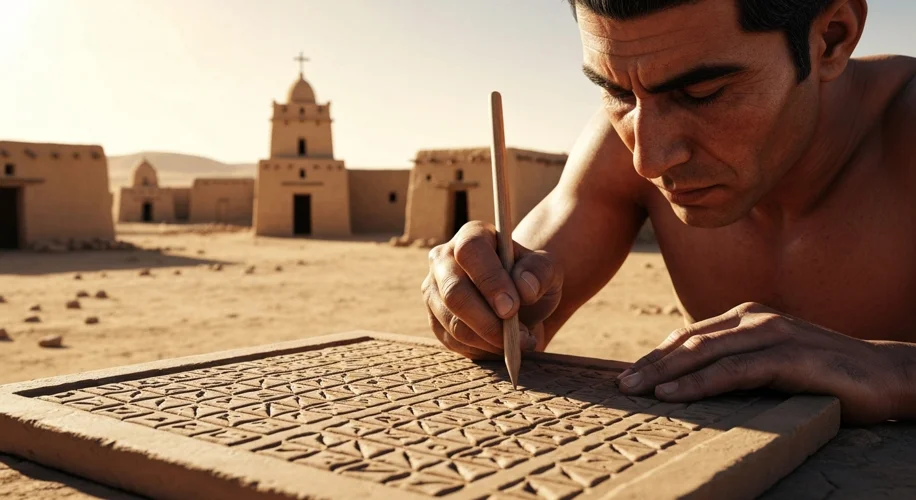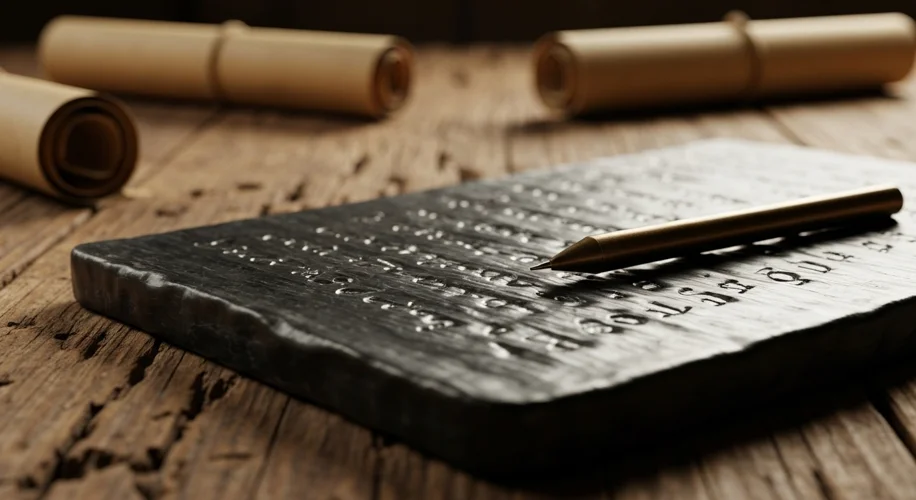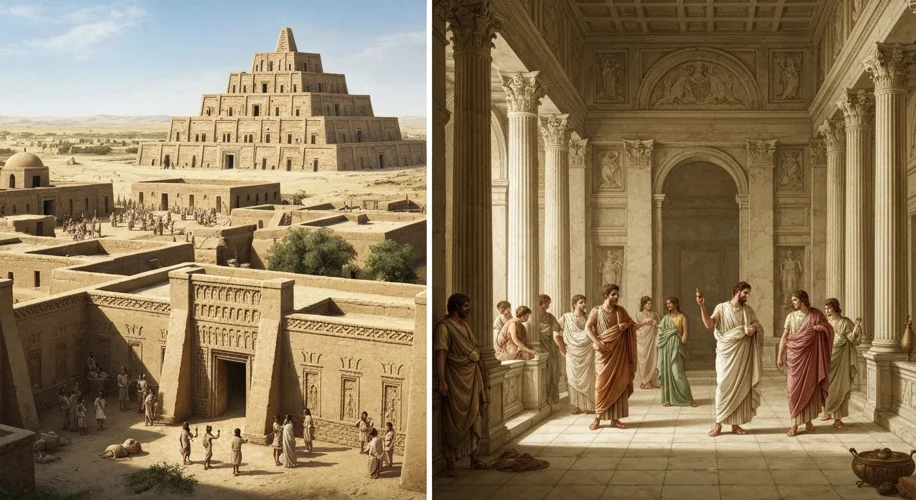Imagine a world without your smartphone, your laptop, or even a simple notepad. How did humanity first begin to capture thoughts, record history, and communicate across distances? The answer lies in a fascinating evolution of writing technologies, a journey that took us from the sun-baked plains of Mesopotamia to the bustling streets of ancient Greece and Rome.
Our story begins in the fertile crescent, millennia ago. Picture a scribe, his brow furrowed in concentration, working under the relentless Mesopotamian sun. His tools? A simple stylus, perhaps made of reeds, and a lump of wet clay. This was the dawn of cuneiform, one of the earliest known forms of writing. The scribe would press the stylus into the soft clay, creating wedge-shaped marks that, when assembled, formed words and sentences.

These clay tablets, once inscribed, were often dried in the sun or baked in kilns to preserve them. This made them incredibly durable, and indeed, countless clay tablets have survived to this day, offering us unparalleled glimpses into Sumerian, Akkadian, and Babylonian life. They held everything from epic poems like the Epic of Gilgamesh to mundane transaction records, legal codes like Hammurabi’s, and astronomical observations. It was a laborious process, to be sure. Imagine the weight of these tablets, the sheer volume needed to record extensive histories. Yet, this was the foundation of written civilization.
But as societies evolved and trade expanded, the need for a more portable and versatile writing medium arose. Enter the wax tablet, a technology that would dominate the Mediterranean world for centuries.
Fast forward to ancient Greece and Rome. Here, the writing surface transformed dramatically. Artisans would take a wooden board, often rectangular, and create a shallow depression in one side. This depression was then filled with a layer of beeswax, creating a smooth, dark surface. The stylus, now typically made of metal, bone, or ivory, had a sharp point for writing and a flattened end for erasing. With a flick of the wrist, mistakes could be smoothed away, and the surface prepared for new thoughts.

These wax tablets, or tabulae ceratae, were the notebooks, the scratchpads, and the personal diaries of the ancient world. Students used them to practice their letters and learn their lessons. Merchants used them to jot down accounts and delivery orders. Poets and philosophers used them to sketch out their ideas, to compose letters, and to draft speeches. Imagine a Roman senator in the Forum, rapidly noting down arguments on his wax tablet, or a Greek student diligently copying Homeric verses.
The advantages of wax tablets were clear: they were lightweight, easily erasable, and reusable. This made them ideal for temporary notes, quick calculations, and everyday communication. Letters could be written, read, and then the wax smoothed over, ready for a reply or a new message. While not as permanent as clay or papyrus, their widespread use meant that a vast amount of personal and professional correspondence, educational materials, and administrative records were generated.
However, wax tablets were not without their limitations. The wax could melt in extreme heat, rendering it unreadable. The stylus could smudge or tear the surface if used too aggressively. And for truly permanent records, materials like papyrus (especially in Egypt) or parchment (later in the Roman Empire) were still preferred for more formal documents, legal deeds, and important historical accounts.
This transition from clay to wax represents more than just a change in materials; it signifies a shift in the very practice of writing. Cuneiform on clay tablets often speaks of grand narratives, monumental decrees, and the weight of history. Wax tablets, on the other hand, whisper of daily life, fleeting thoughts, and the intimate exchange of ideas. They made writing more accessible, more fluid, and more personal.
So, the next time you send a text message or jot down a quick note, take a moment to appreciate the millennia of innovation that paved the way. From the patient pressing of a stylus into yielding clay to the swift erasure on a wax-covered board, these ancient technologies were the very bedrock upon which our modern world of information was built. They were the unsung heroes that allowed humanity to think, to remember, and to connect across the vast expanse of time and space.

